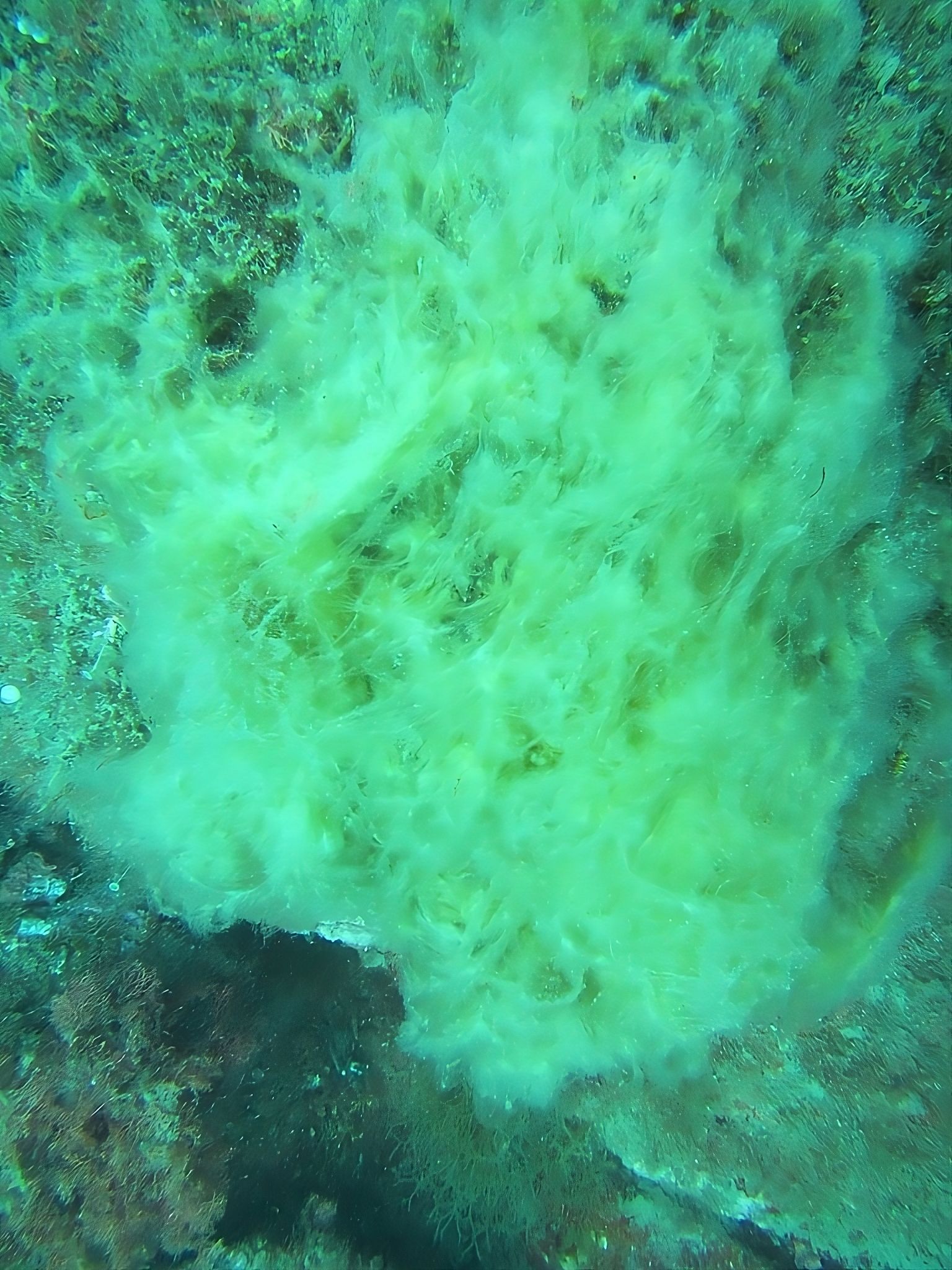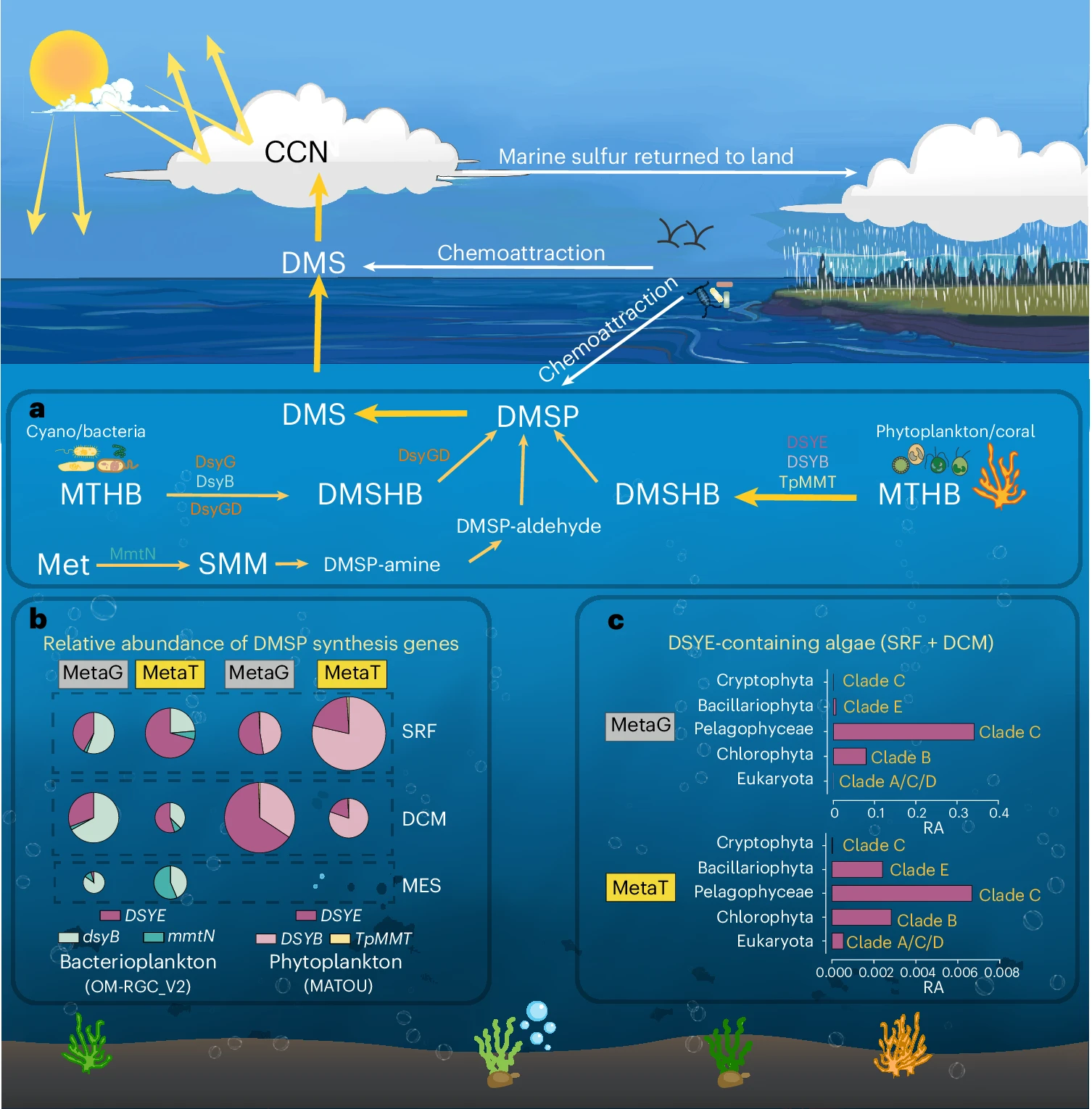These algae can cool the Earth
Follow us on Google News (click on ☆)

Researchers discovered that a type of common oceanic algae produces an abundant compound that significantly helps cool the Earth's climate. This compound, known as DMSP, is crucial for climate regulation, suggesting that DMSP levels and its byproduct DMS might be higher than previously thought, thereby impacting global climate cooling.
Image Wikimedia
Researchers from the University of East Anglia (UEA) and the Ocean University of China (OUC) have identified Pelagophyceae algae as important producers of dimethylsulfoniopropionate (DMSP). This discovery could transform our perception of the importance of these marine microorganisms.
Professor Jonathan Todd from UEA emphasized that these algae, among the most abundant on Earth, were not previously recognized for their role in DMSP production. This compound is not only a natural antistressor for marine organisms but also a major source of climate-cooling gases.
DMSP is converted into dimethyl sulfide (DMS), an active climate gas known for its seaside odor. DMS released into the atmosphere contributes to cloud formation, which reflects sunlight, thereby cooling the planet. This natural process is vital for Earth's climate regulation and the global sulfur cycle.
The study also reveals key enzymes in DMSP production. Researchers from UEA and OUC have identified new enzymes responsible for DMSP synthesis, paving the way for a better understanding of Pelagophyceae algae and their impact on global climate change.

a. The main steps in DMSP creation and breakdown are indicated with known enzymes from algae and bacteria.
b. Abundance of DMSP genes in different water layers, according to OM-RGC_V2 and MATOU datasets.
c. Types and groups of DSYE genetic sequences found in MATOU data, normalized with recA and β-actin genes. The size of the charts shows gene abundance. No dsyG/dsyGD genes detected.
Finally, researchers call for further studies on Pelagophyceae algae and other marine organisms to better measure environmental levels of DMSP and the diversity of enzymes involved in its production. Such research is essential for predicting and managing the impact of these microorganisms on our climate.